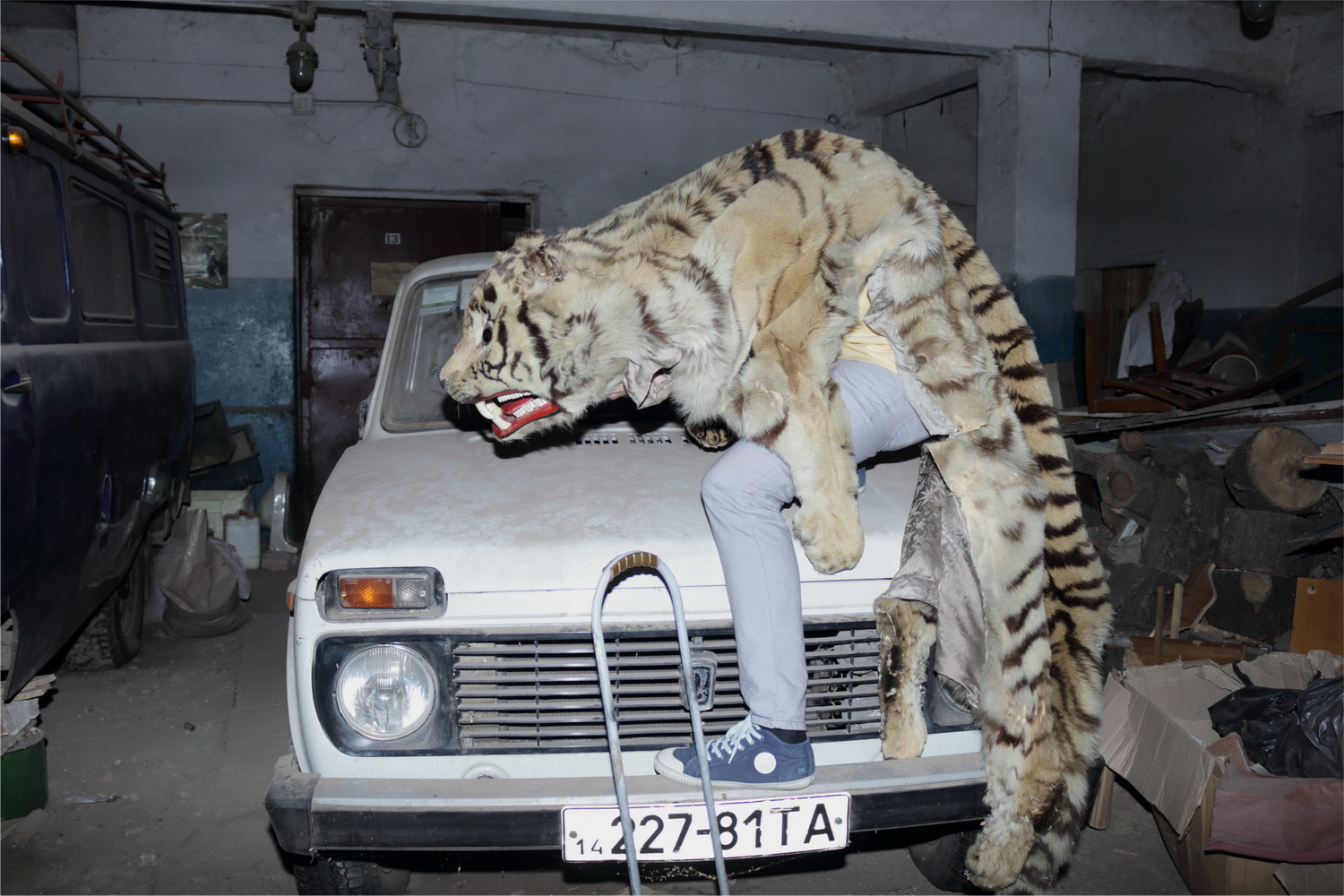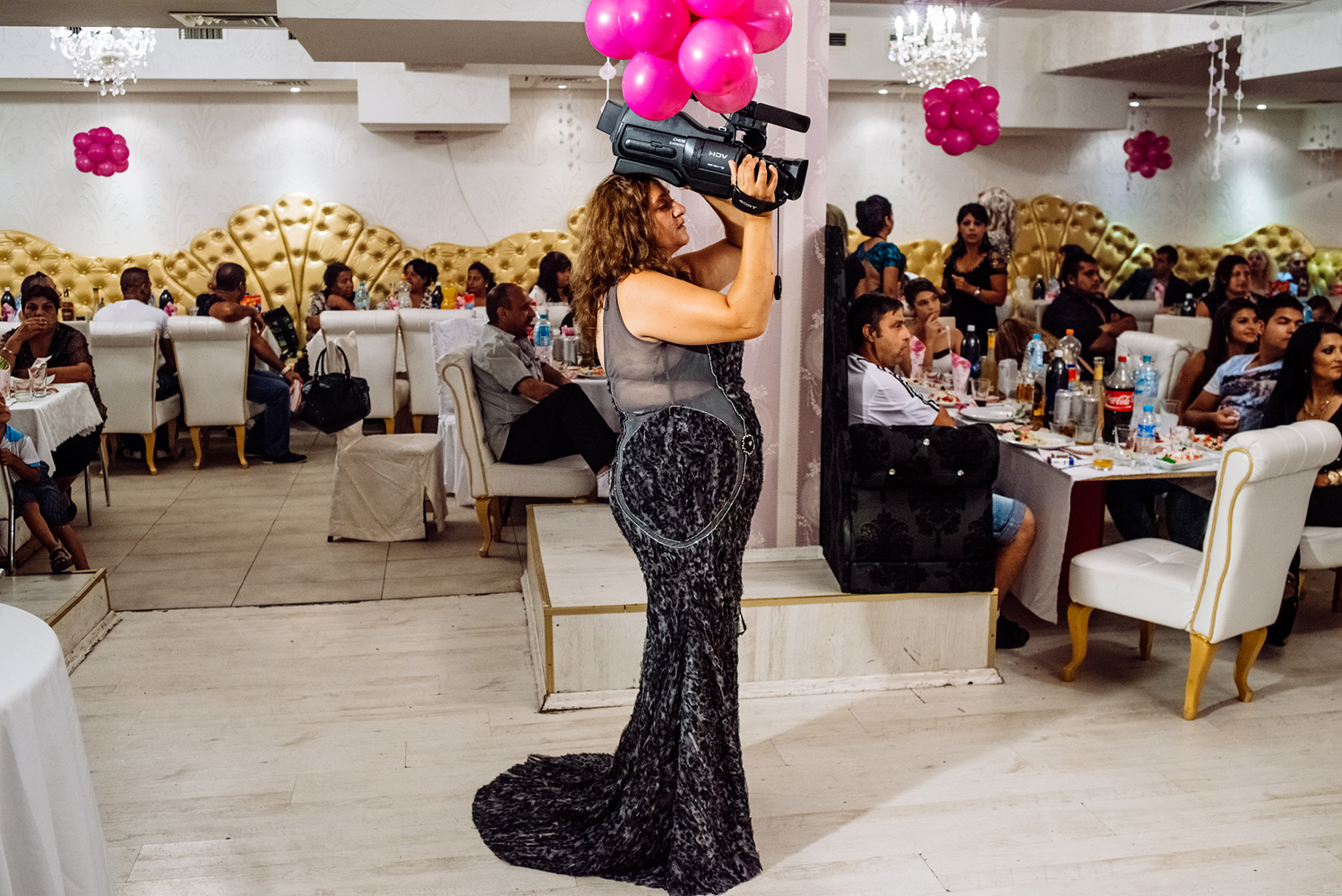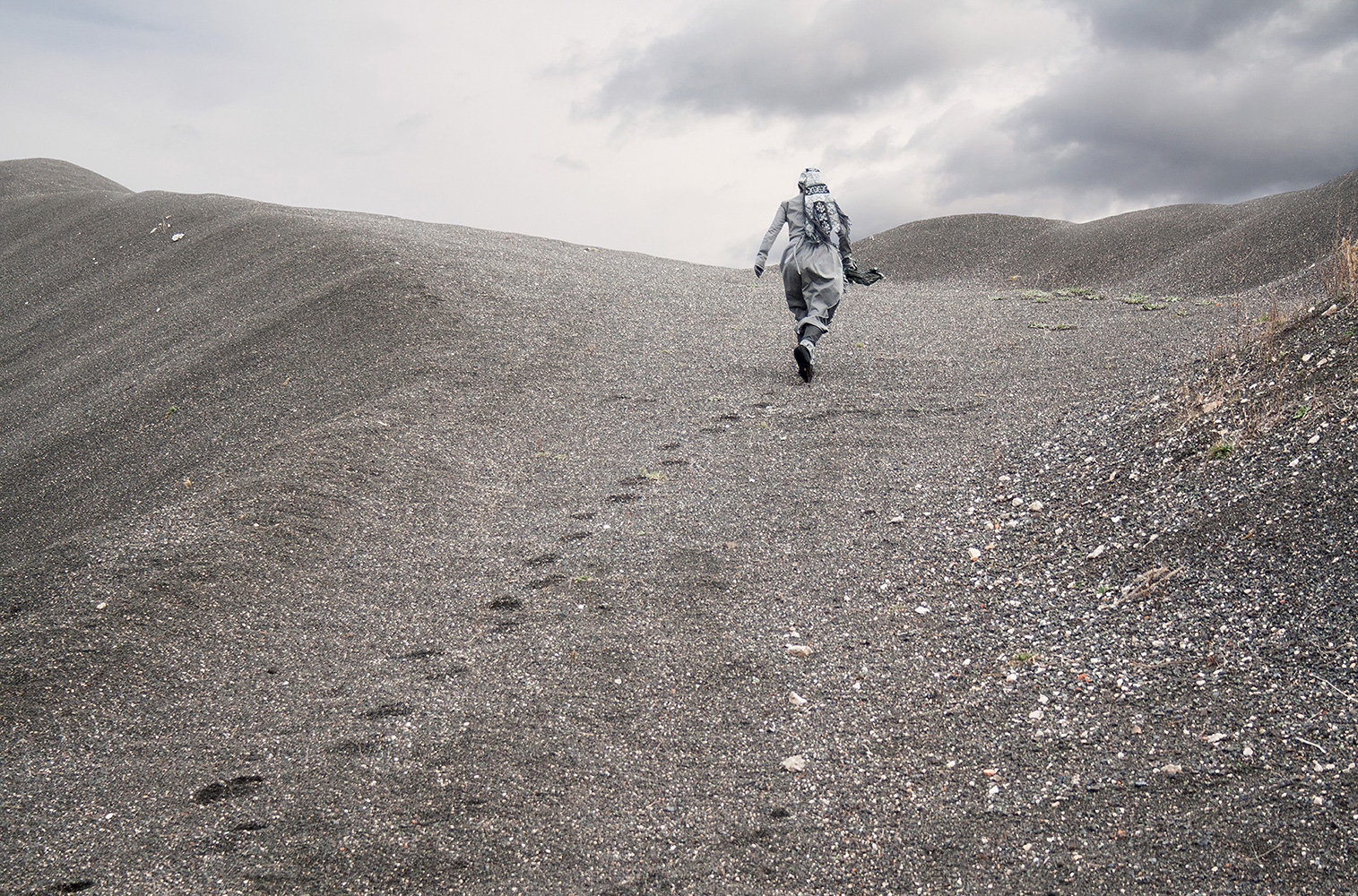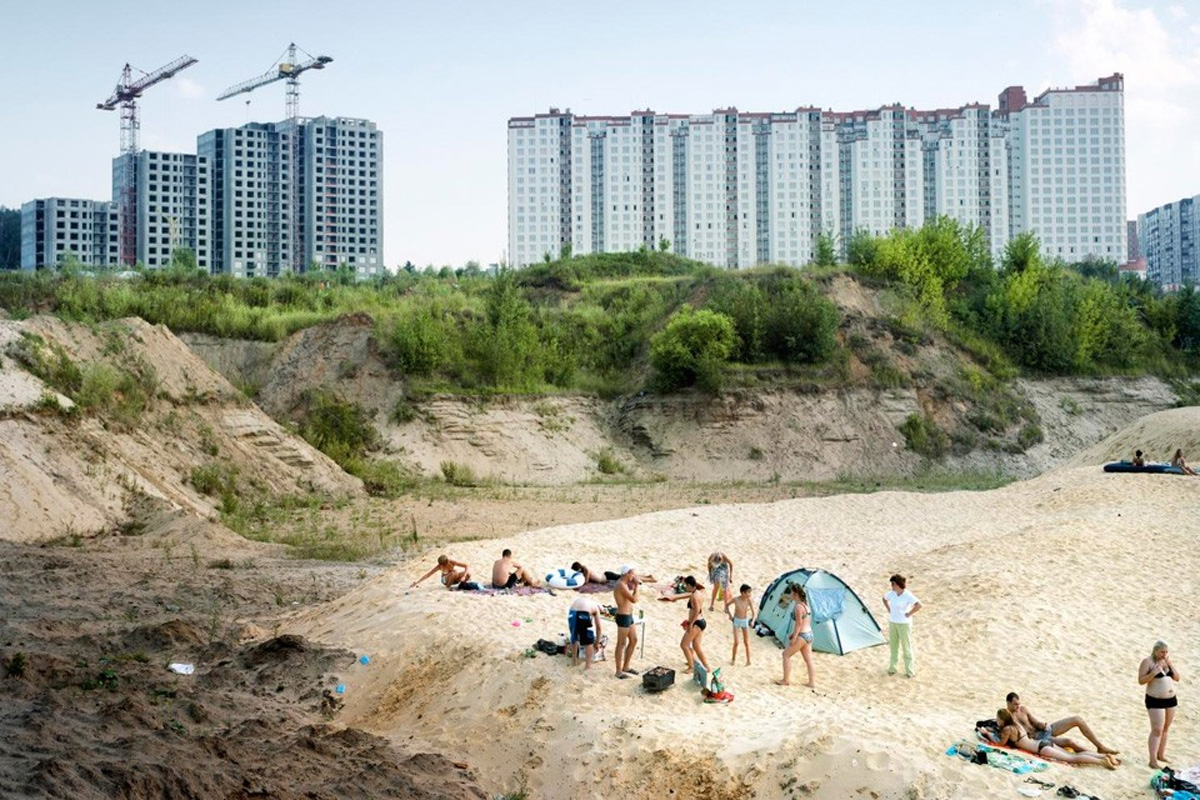
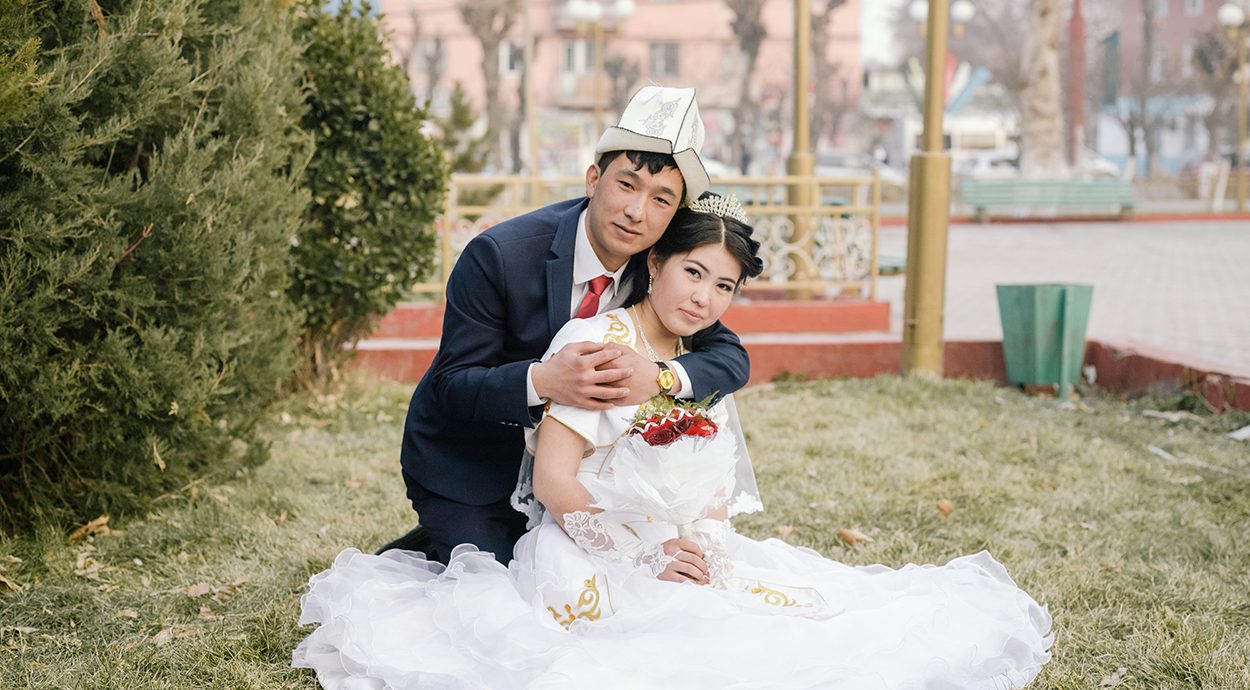
New East Photo Prize:
Formations by Aleksey Kondratyev
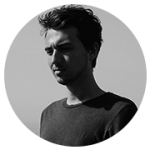
Born in Bishkek, Kyrgyzstan. Works between Detroit and Central Asia. Exhibited his works in Greece, Italy, and Poland. Has recently finished his studies at Fabrica, a communications research centre, affiliated with Benetton Group.
Since the breakup of the Soviet Union, the countries of Central Asia have been undergoing a process of reinvention. Though the Soviet legacy can still be felt in the remaining architecture, many of the post-Soviet nations are looking west and further south to the United Arab Emirates and Qatar. Aleksey Kondratyev’s photo project Formations was spurred by his experience of emigrating from Kyrgyzstan at a young age and his subsequent desire to return to document these countries in transition.
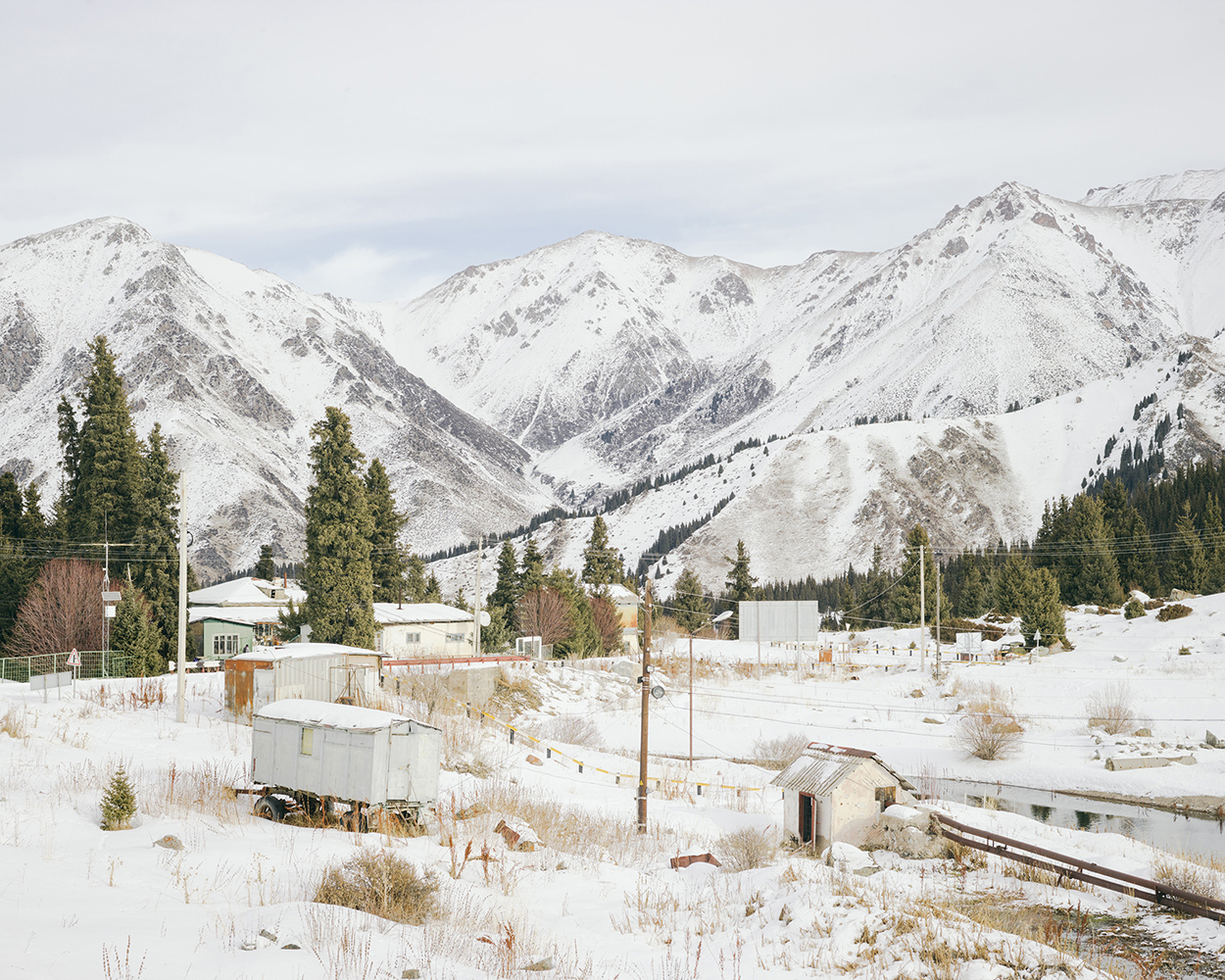
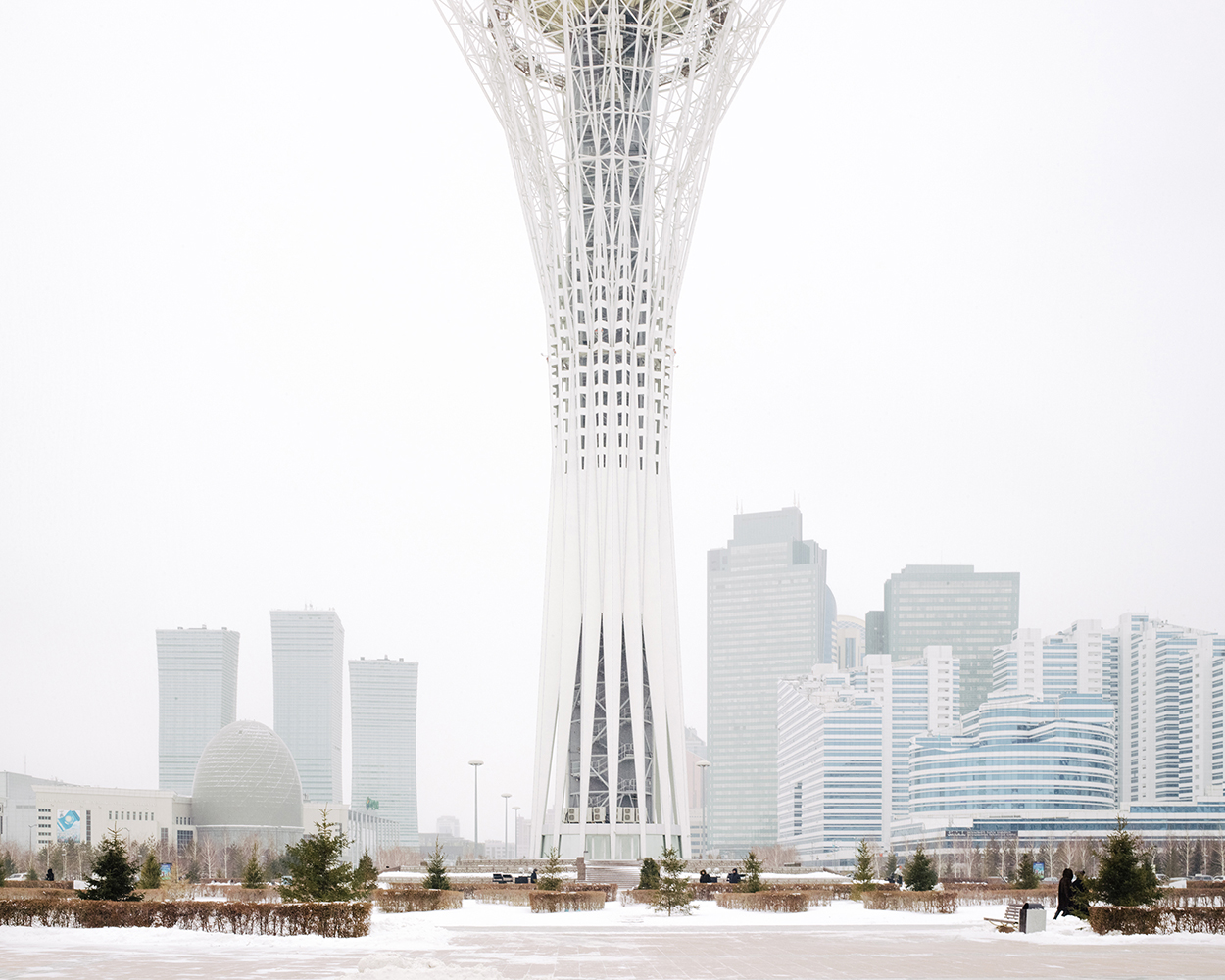
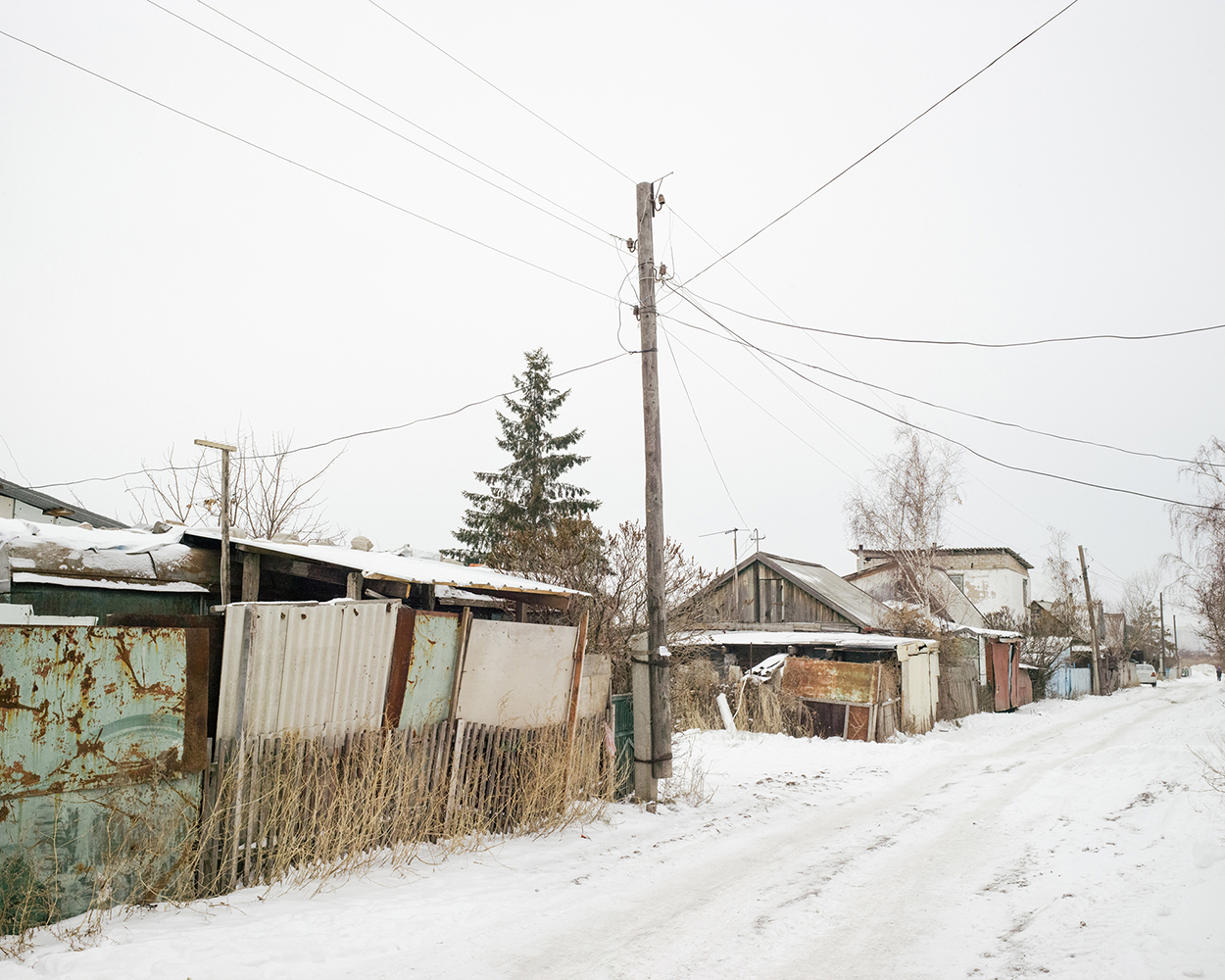
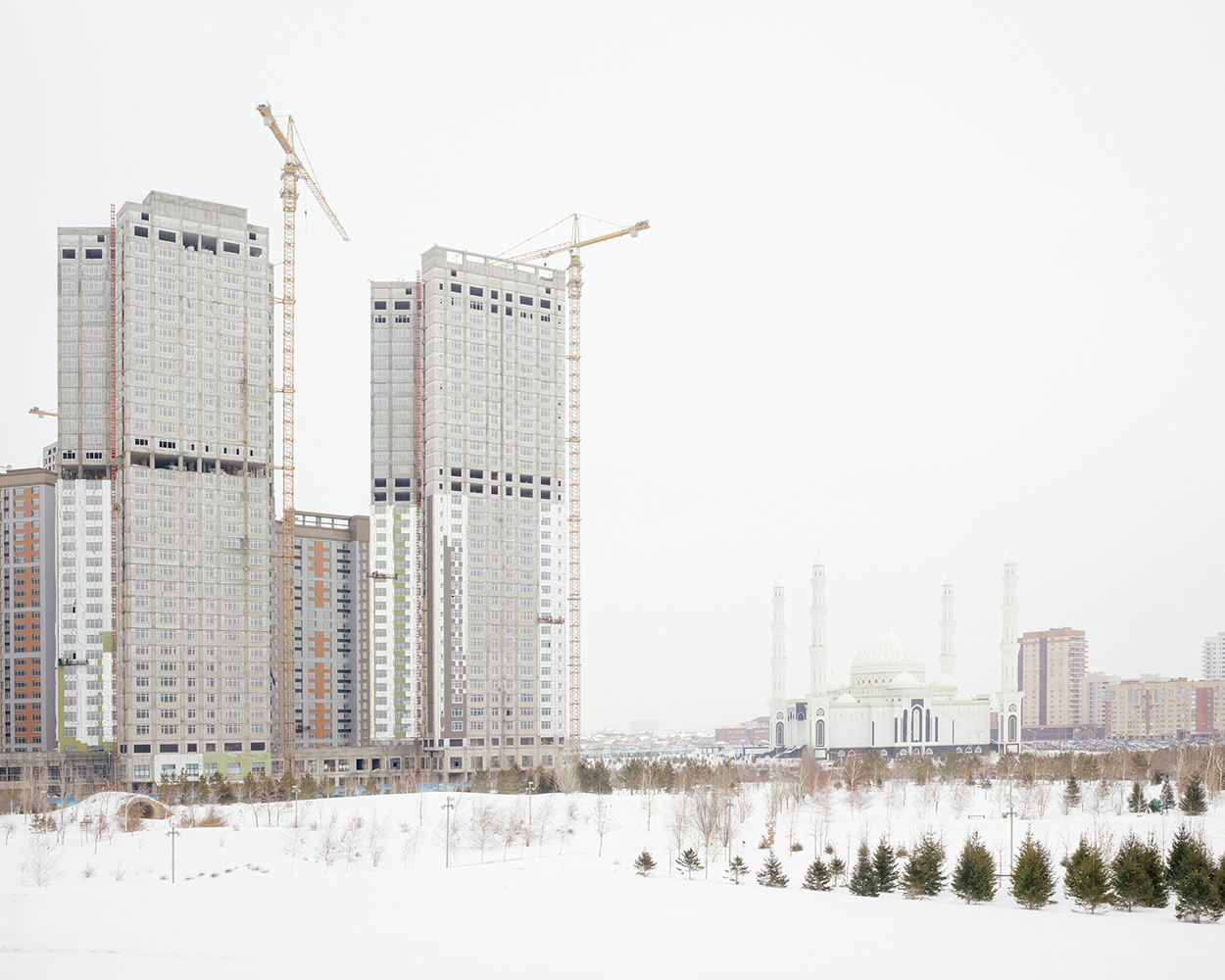
— As a photographer I’m interested looking at documentary methodologies and where their limits lie. Before I began working on Formations, I was working on a project looking at shifting identities in Kyrgyzstan. I left Kyrgyzstan when I was very young. My family emigrated to the United States in 1998, when I was five years old. Southeastern Michigan has a pretty large Russian speaking population, so growing up I’d usually tell people I was Russian to avoid having to explain where Kyrgyzstan was.
While I was working on the personal project on Kyrgyzstan I applied for a residency at Fabrica. When I was in high-school I got interested in the magazine Colors. It was a magazine that was published by Benetton and was well known in the 1990s. Fabrica, which is based in Italy, actually produced Colors, so it was through them that I got interested in applying for a year-long residency. I applied when the magazine was in its last issue.
Instead of me working in Italy for a year, they offered for me to spend that money on travel. I took one three-month trip for the series. It was a great opportunity. I’d travelled to Kyrgyzstan quite a bit, as most of my family still lives in Bishkek, Kyrgyzstan, but never Central Asia as a whole.
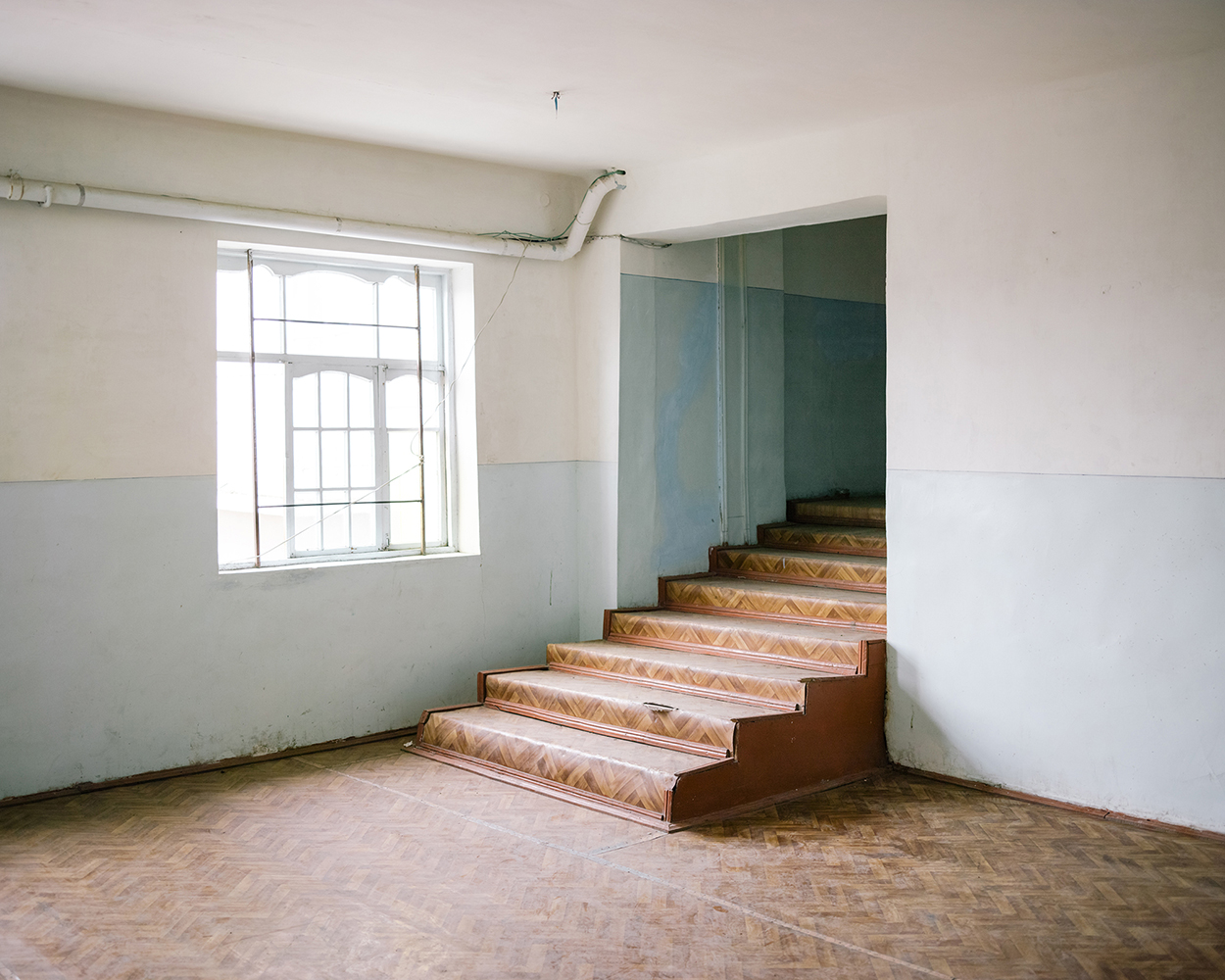
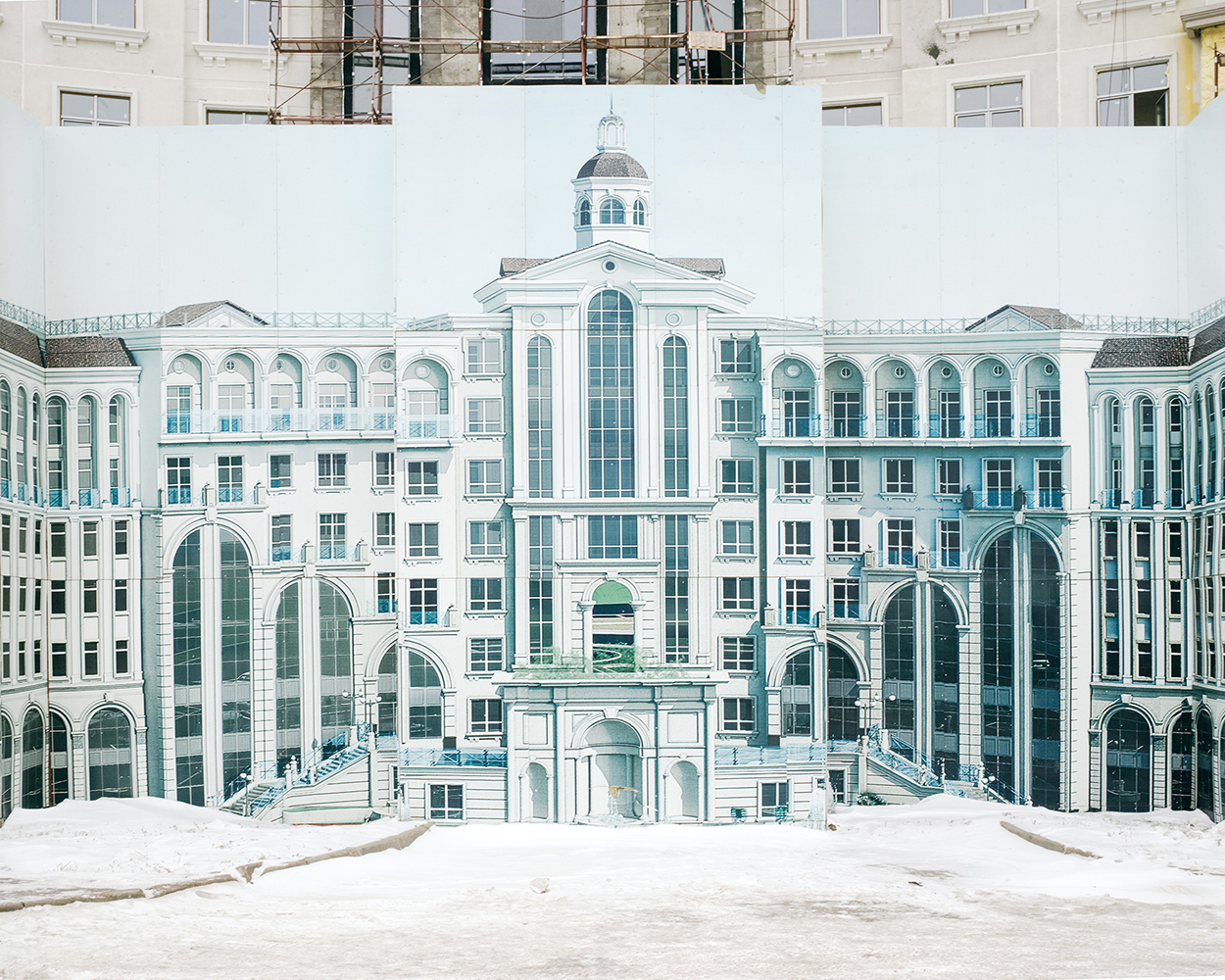
I was initially drawn to Central Asia because though it’s a region where a great deal of history has occurred, it exists largely outside the sphere of western consciousness. It’s also a place that’s positioned between opposing historic, cultural, and political narratives. I found these polemics fascinating to work with as an artist. I started shooting this project in November 2014, and I travelled between Kazakhstan, Uzbekistan, Tajikistan and Kyrgyzstan, four of the five former soviet republics of Central Asia. (I was unable to travel to Turkmenistan due to being denied a visa).
I discovered that though these countries share a similar history, they have developed in their own ways. Tajikistan for example didn’t feel like a post-Soviet country to me. I found it a lot different to Kyrgyzstan and Kazakhstan. Speaking Russian was difficult, especially in rural areas. When looking at Kazakhstan, especially Astana, there’s a lot of influence of countries such as the UAE and Qatar. When Kazakhstan had its economic boom there were lots of construction and architecture companies investing in the area. Moreover, Astana has a history that’s similar to Dubai and Qatar as a city being built up from oil reserves.
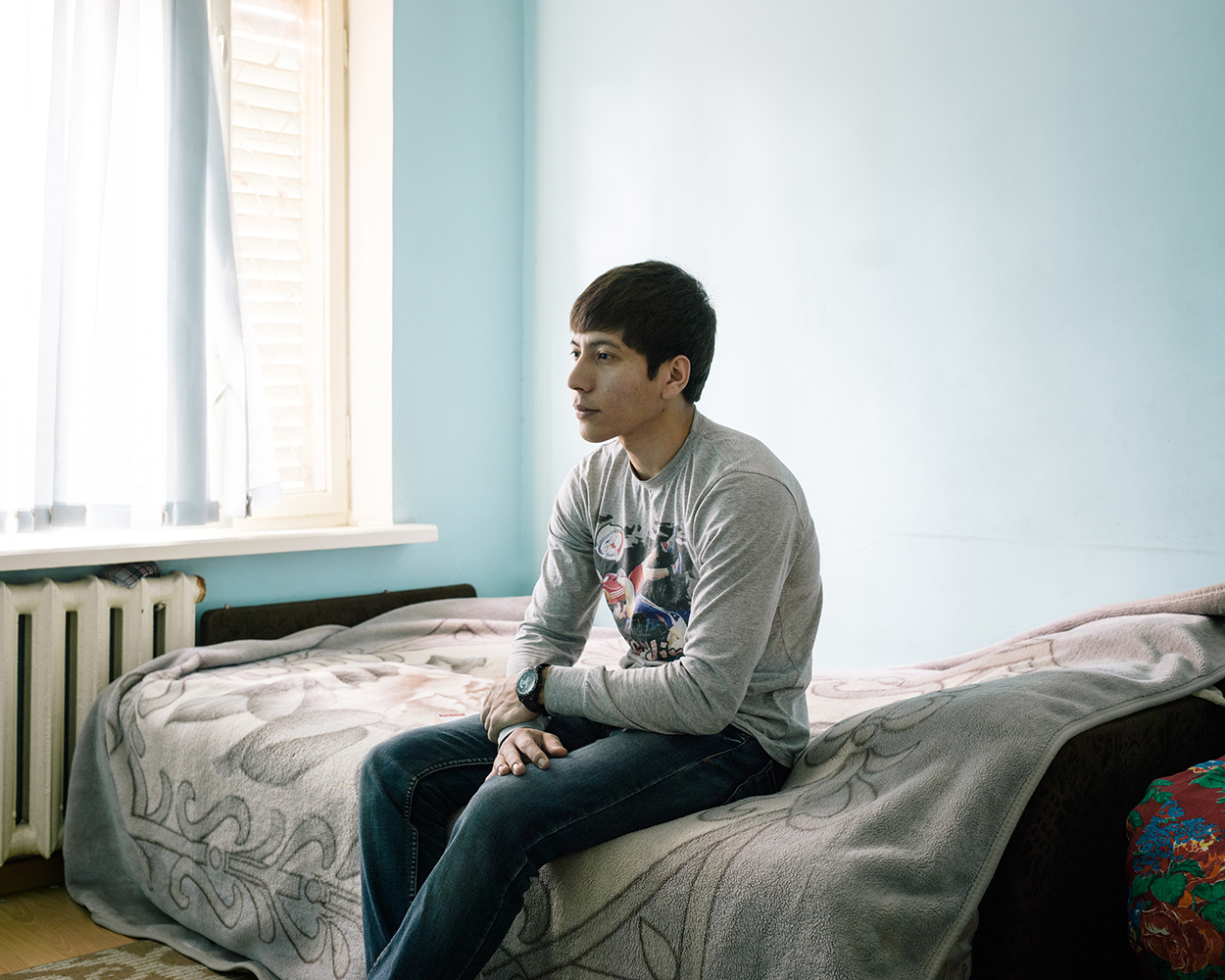
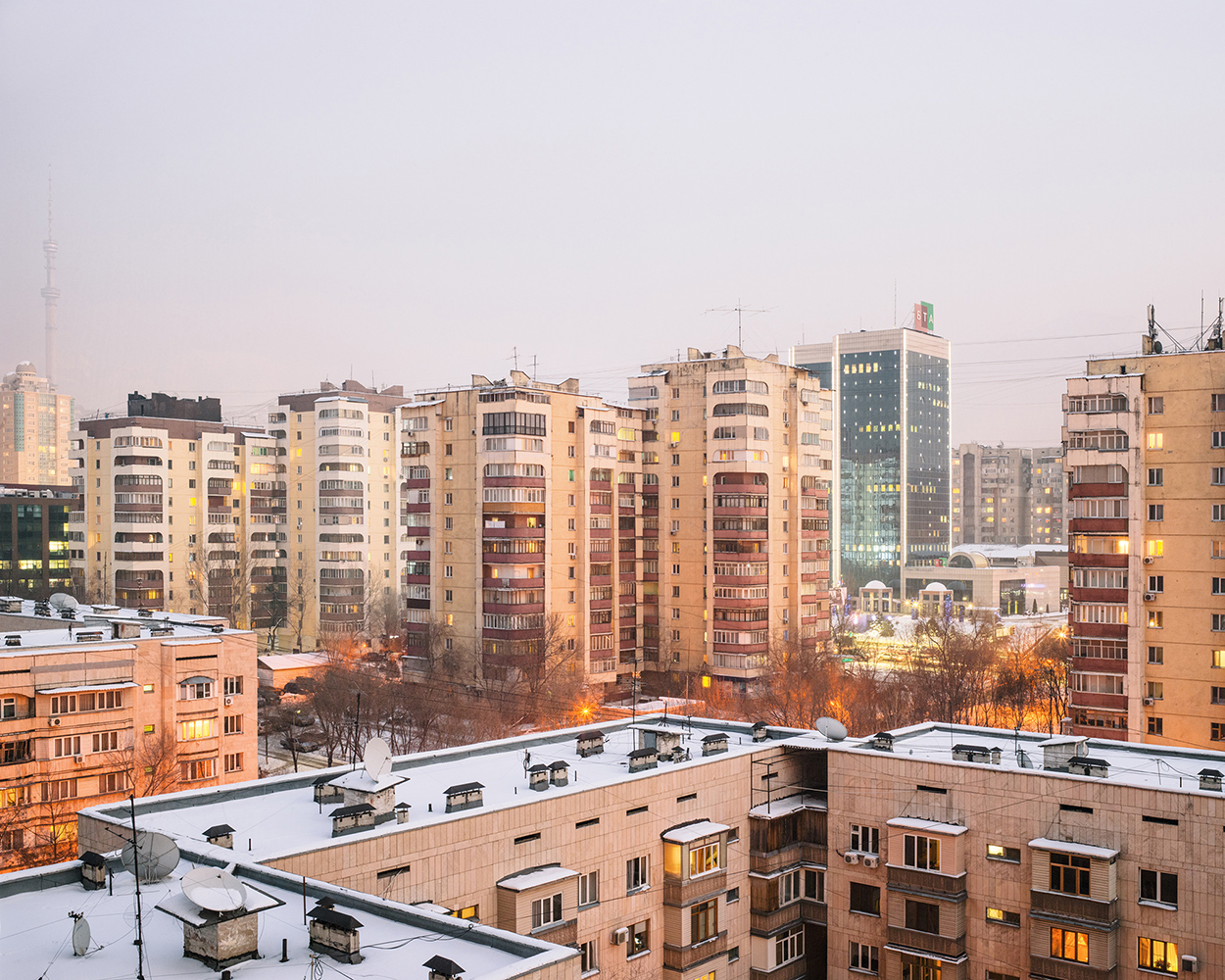

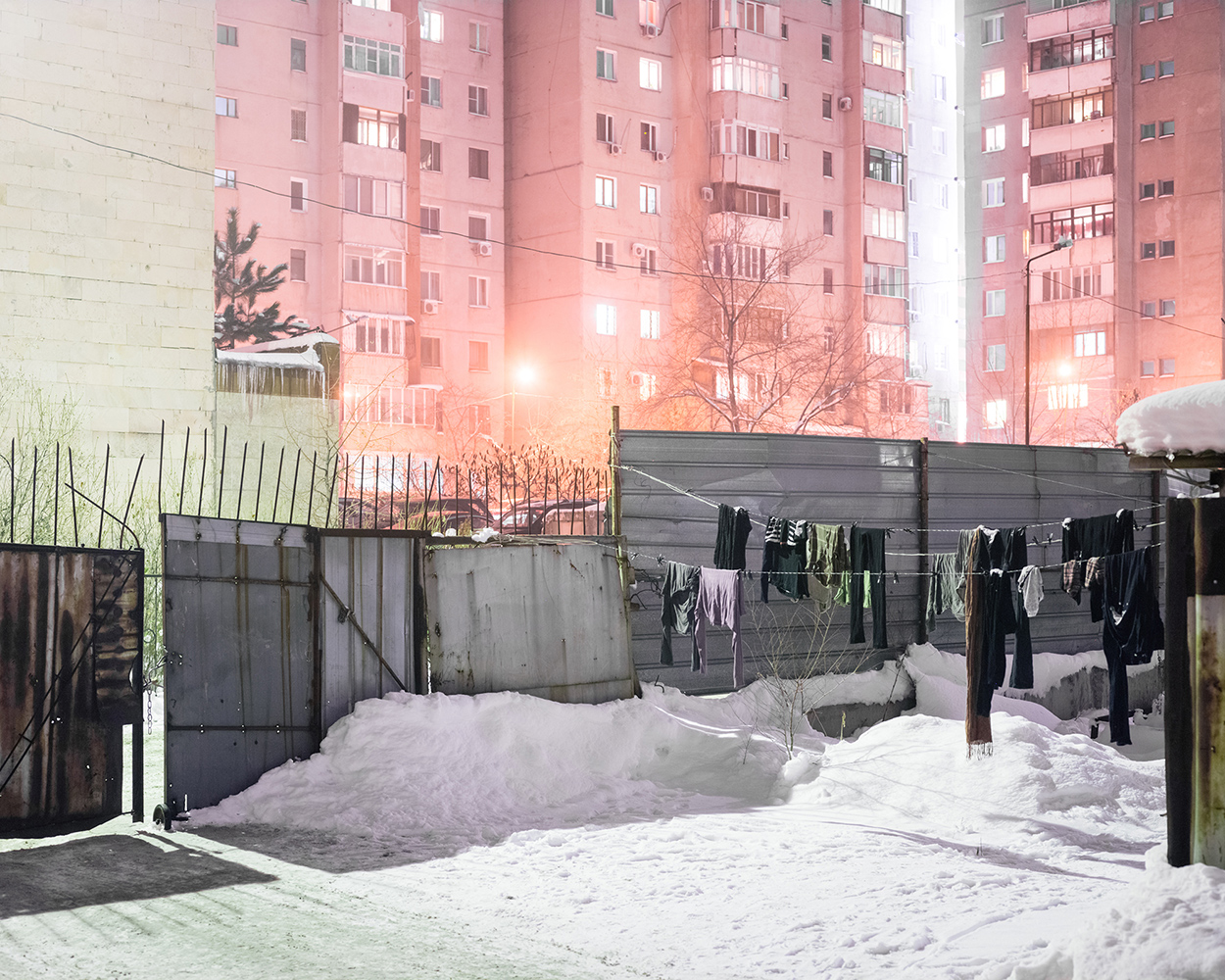
Whenever people would see my camera set up they would ask me about it and that would lead into a conversation that would lead me to take their portraits. It was interesting to hear what the younger people would say about their country compared to the older generations that grew up in the Soviet Union. A lot of the younger people I spoke to embrace the west and were trying to get to Europe or the United States.
I think my experiences of having lived in the US most of my life had an influence on the series in the sense that I looked at this region as both as an outsider and an insider. On one hand, it felt familiar to me culturally, but on the other it also felt like something distant.
I happened to start working on the project in autumn, when it begins snowing early in the year in places like Kazakhstan and Kyrgyzstan. When I was editing the work, I noticed that the blankness in the images added to this idea of distance.
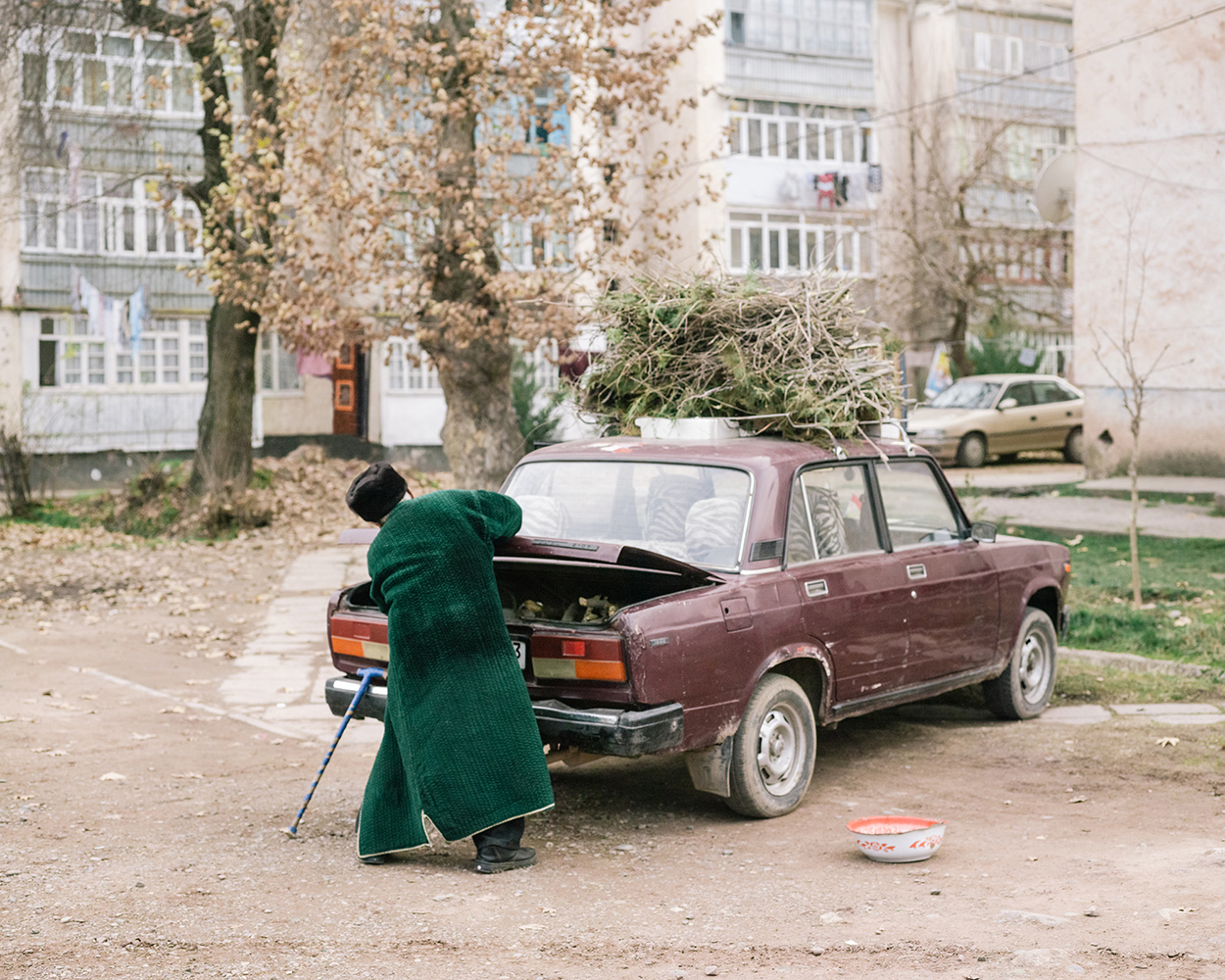

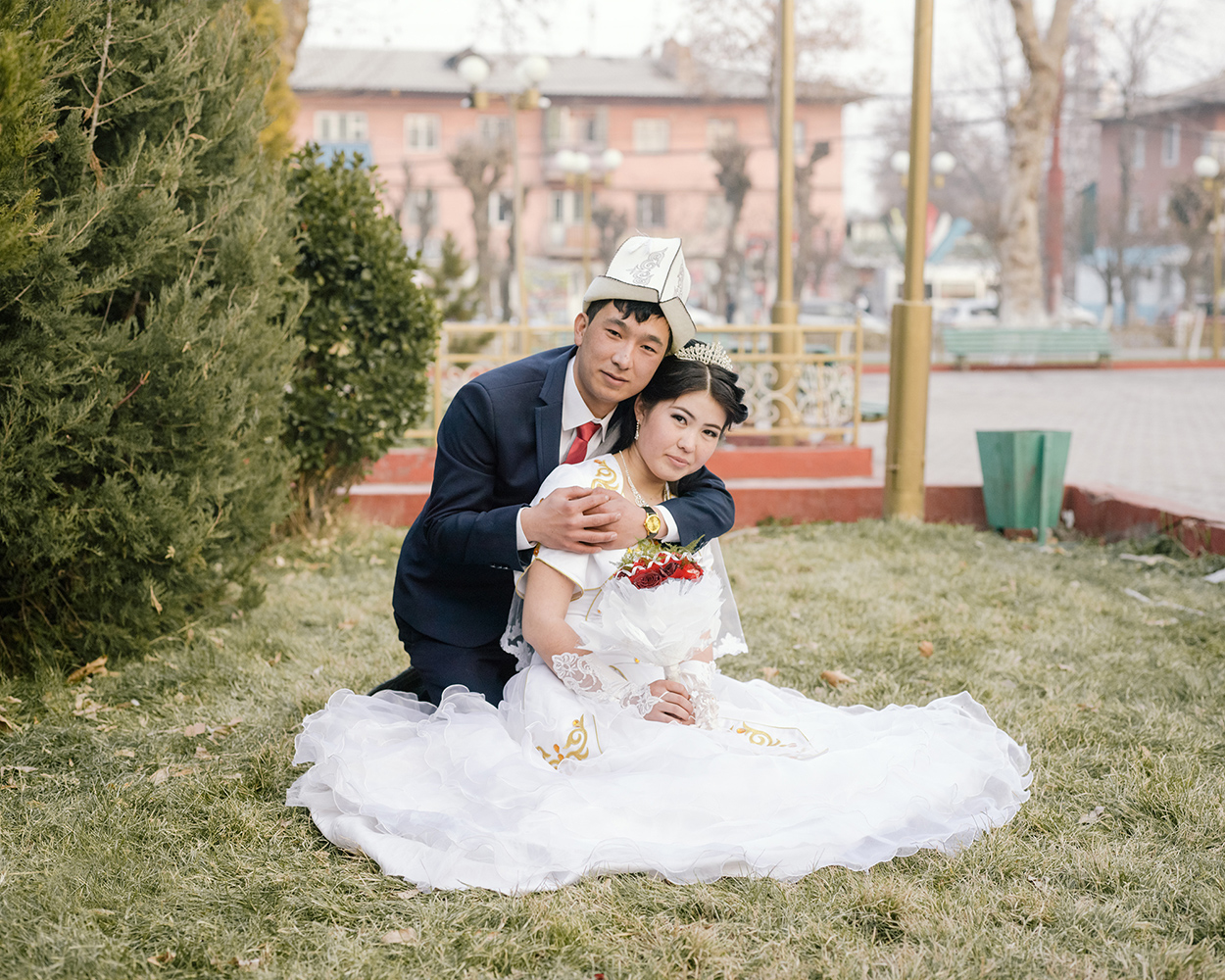
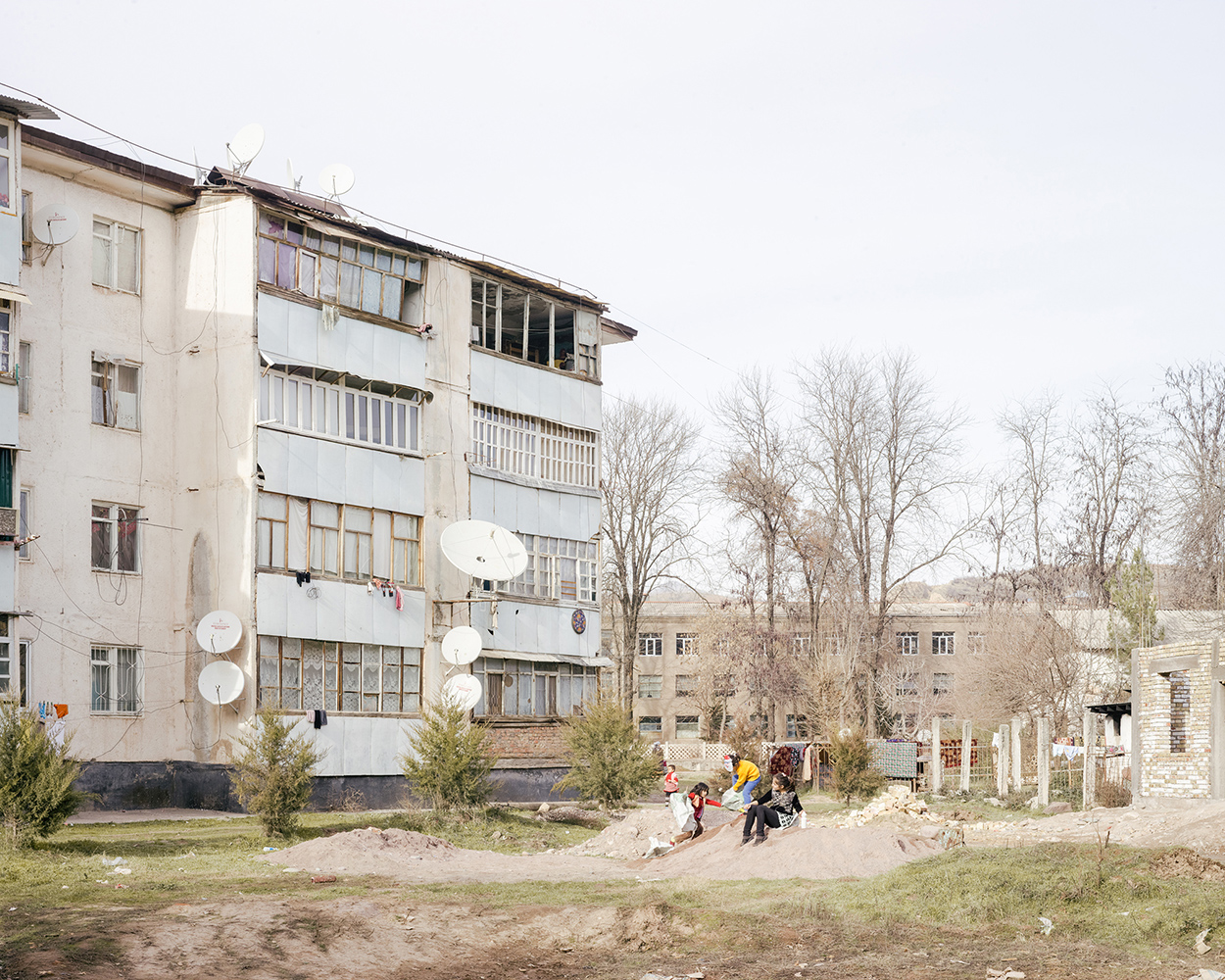
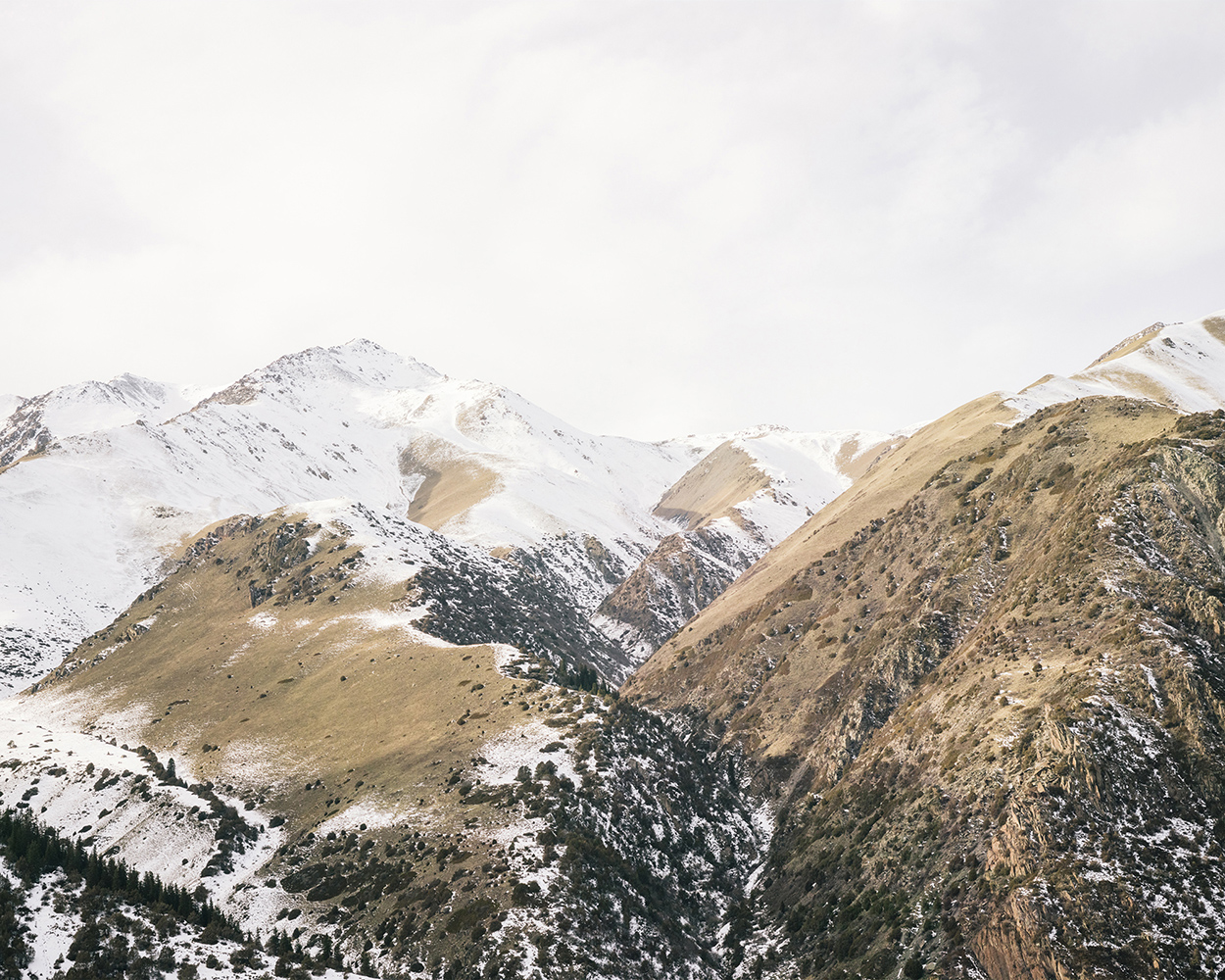
The award ceremony for The New East Photo Prize will take place in London on December 1, 2016.
Text and image: Elena Subach
Interview: Liza Premiyak
This interview was originally published on The Calvert Journal.
Others project materials

New and best


















